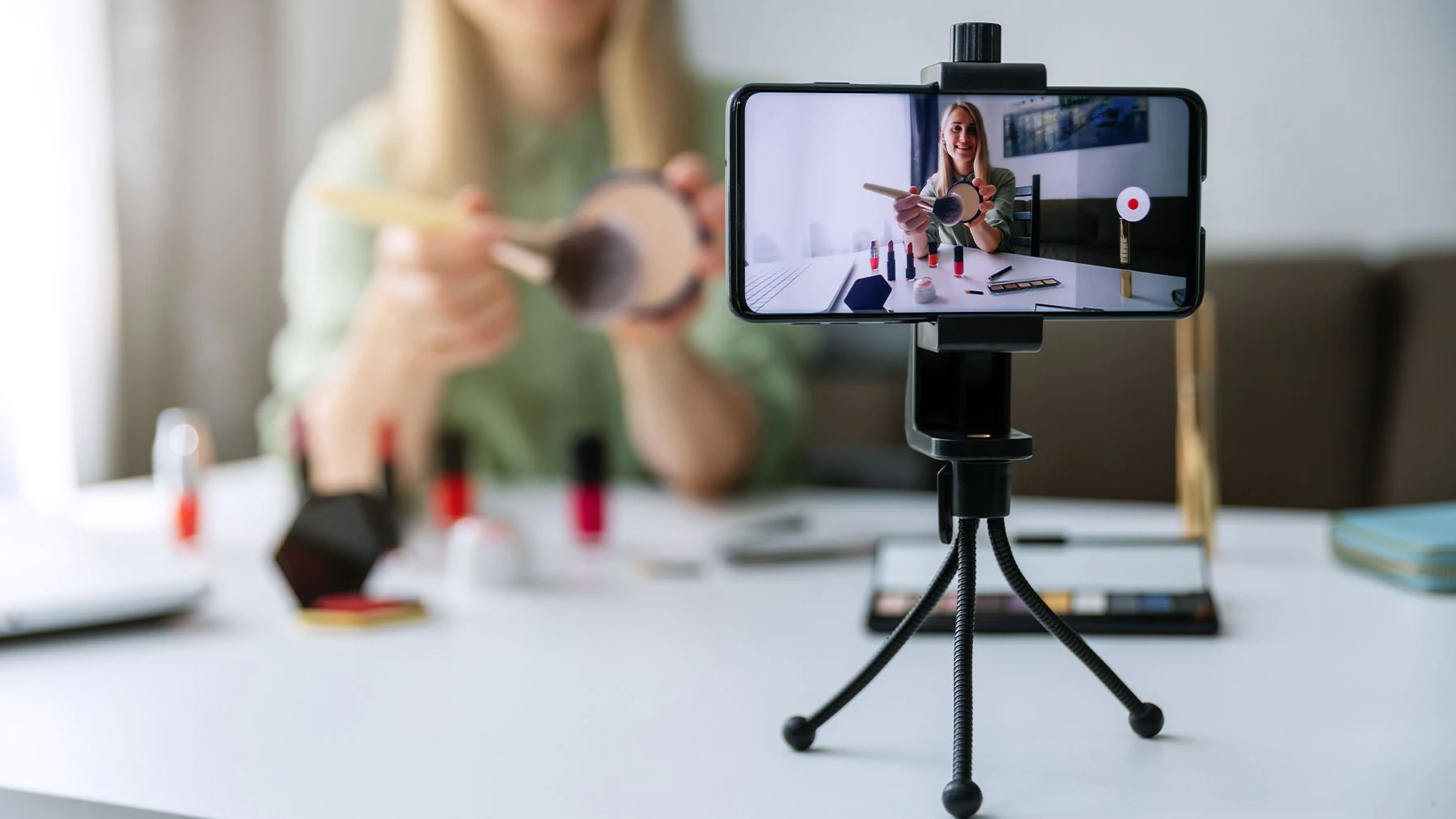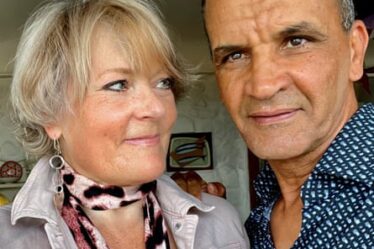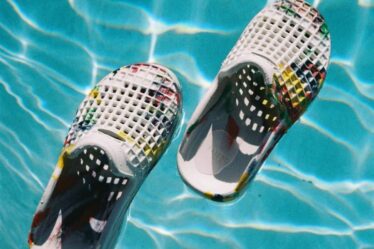
While working on an article about a makeup brand’s rise and fall last month, I realised the company’s failures were a symptom of something larger: a change in who wields influence in beauty and where people go to be influenced.
YouTube once attracted millions of viewers with tutorials and transformation videos that featured makeup looks that almost no one would leave the house in. But today’s consumer wants something else.
Many of the people I’ve interviewed recently, especially those under age 25, are disenchanted by how promotional everything has become, which isn’t limited to paid product placement by a brand. It could also be an influencer pushing their own line, of which there are now many (some would argue too many).
What happened to the allure of the Beauty YouTuber? In short, a migration to TikTok, dwindling attention spans and new makeup trends
YouTube made stars out of people like Jaclyn Hill, Marlena Stell, Tati Westbook and Laura Lee and more, but it is no longer resonating with viewers or moving product. The same goes for the sterile sponcon of Instagram, where the go-to #ad, an influencer holding up a jar or tube and praising the attributes of whatever they’re being paid to promote, feels stale.
TikTok has dismantled the influencer hierarchy, which for close to a decade was dictated by longer form, high wattage YouTube content from experts — a handful of gatekeepers holding all the power in beauty. Now, what compels Gen Z’s to buy products isn’t followers, fancy videos, caked-on foundation or a collaboration with a mega beauty brand.
Often, it’s another high school or college student with a TikTok video that just went viral.
Beauty routines and purchases are inspired by 30-second to one-minute clips of content made by regular people, which is exactly how TikTok’s discovery-driven algorithm is designed to work. It’s the same idea — the promotion of a new mascara or a Clinique lipstick — except it’s amplified by a lot of non-influencers who happen to also produce great content.
This poses a challenge for the content creators whose livelihood depends on paid partnerships and the brands that rely on influencers to advertise their products. The beauty industry is rushing to identify and align with the next big thing — which could work great in the short term — but what happens when a “real person” with a viral video starts getting millions of followers and the brand deals start to roll in?
The bigger you get, the more sponcon you do, the less your followers trust you. We’re back at square one.
To read more from BoF’s Beauty Editor-at-Large Rachel Strugatz, sign up for our weekly briefing on The Business of Beauty, delivered to your inbox every Wednesday.



